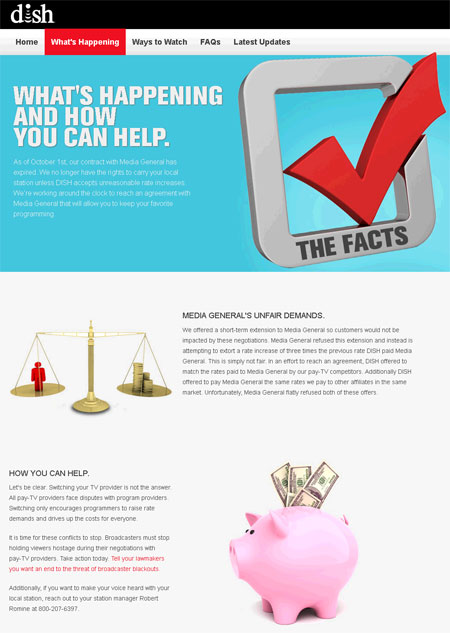
Wouldn’t it be nice to have a single marketing channel that allowed you to reach all of your customers and prospects? Think about how it would affect your marketing efforts. You could invest your time in optimizing every aspect of the channel instead of searching for new ways to connect with the people most likely to buy your products and services.
There have been times that we have come close to finding this holy grail of the marketing world. When Montgomery Ward decided to mail catalogs to rural residents, he expanded his reach and created a new industry. He found a magic bullet that opened stores in individual’s mailboxes. It took over a hundred years for another marketing channel that dramatically changed the way we reach customers and prospect to appear.
The Internet was the next magic bullet. It expanded marketing’s reach from the mailbox into the home. More importantly, it altered the functionality of marketing. Instead of spending all of our time hunting for prospects to target, we found that our efforts could attract customers. Historically, successful advertising and direct mail campaigns were the result of extensive research to find the people most likely to buy specific products or services. The Internet was a game changer because it provided the opportunity for those people to find the companies. Searching for the proverbial needle in the haystack shifted to focusing on making it easy for the people to find websites with the products or services needed.
When social media emerged the magic bullet cry was heard around the world. The new game changer was supposed to replace traditional marketing, but it was missing a key component – the ability to stand alone. It turns out that social media doesn’t replace other marketing channels; it simply provides another way to communicate with people. Contrary to the promises, social media is more of a service tool than marketing channel. Adding a good social networking strategy to a solid marketing program improves customer retention, increases sales, and reduces costs.
Marketing is continuing to evolve. Searching for the magic bullet that forever changes the way we do business is a waste of time. There are too many options available to confine a marketing strategy to one channel. The time people spend in one place is fractured. They shift from home to work to play to television to Internet to social networking platforms. There are multiple options within each of those places. Finding customers and prospects is much more challenging and expensive than it was five years ago.
Micro-marketing is the future. We have to implement strategies that economically create a presence for the company in every channel the customers and prospects visit. Doing it well requires vision, planning, and discipline. Doing it well also binds customer to company increasing sales and reducing costs.
Direct mail, ecommerce, email, bricks-and-mortar stores, and mobile are among the most important marketing channels today. Integrating them so customers have a seamless experience is a top priority. Adding social to the mix is next. If the foundation is solid with flexibility built in, creating a presence on new channels and platforms is simple. If the foundation has cracks in customer care, inventory management, employee morale, and any other aspect of managing the business, it will fail.
What are you doing to solidify your foundation?
Email Debra at dellis@wilsonellisconsulting.com.




















